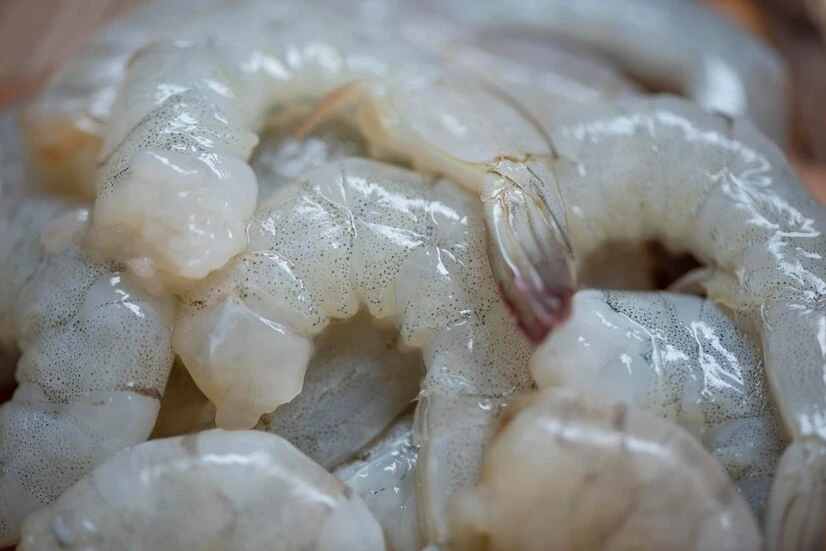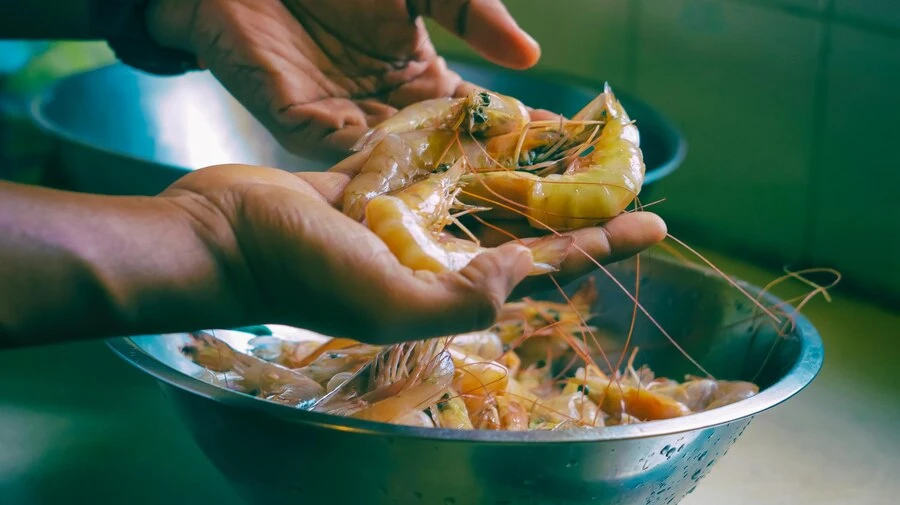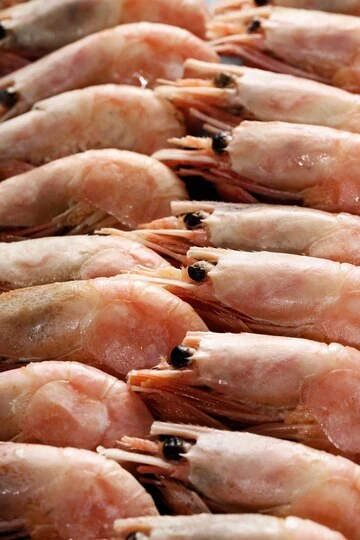


Prawn culture, also known as prawn farming or shrimp aquaculture, is the process of cultivating prawns or shrimp for commercial purposes in controlled environments. It is a significant branch of aquaculture, contributing to food security, income generation, and export earnings worldwide. Types of Prawns Cultured Freshwater Prawns: Macrobrachium rosenbergii (giant freshwater prawn) is the most commonly cultured species. Cultivated in freshwater ponds, tanks, or rivers. Marine/Brackish Water Prawns (Shrimp): Penaeus monodon (black tiger shrimp) and Litopenaeus vannamei (Pacific white shrimp) are prominent species. Cultivated in brackish or marine water environment

Special boosters for prawn culture are supplements or additives designed to enhance the growth, health, and survival of prawns in aquaculture systems. These boosters can be broadly categorized into the following types: 1. Growth Enhancers Protein Supplements: High-protein feeds or supplements like fishmeal, soy protein, and shrimp meal improve growth rates. Amino Acid Boosters: Additives like methionine and lysine promote efficient feed conversion. Enzyme Additives: Enzymes like protease, lipase, and amylase help improve nutrient absorption. 2. Immune Boosters Probiotics: Strains like Bacillus, Lactobacillus, and Saccharomyces enhance gut health and immunity.

Enhancing prawn culture (or aquaculture) involves various strategies to increase productivity, sustainability, and profitability. Here are some key approaches: Efficient Filtration Systems: Implementing advanced filtration systems to maintain optimal water quality by removing harmful pollutants. Monitoring and Control: Using automated systems to monitor parameters such as pH, temperature, oxygen levels, ammonia, and salinity to keep them within ideal ranges. Biofloc Technology: This involves the cultivation of beneficial microorganisms in the water, which helps improve water quality by converting organic waste into biomass, providing additional nutrition to prawns.